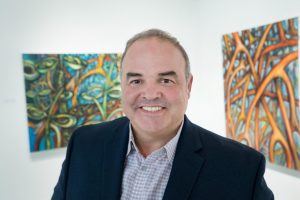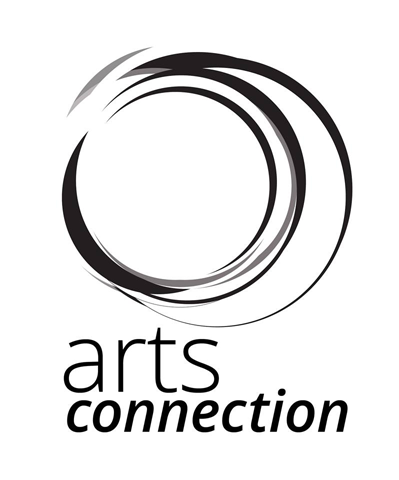 Miami artist Xavier Cortada’s socially-engaged art practice addresses environmental concerns. He often collaborates with scientists in his art-making:
Miami artist Xavier Cortada’s socially-engaged art practice addresses environmental concerns. He often collaborates with scientists in his art-making:
He has collaborated with population geneticists to explore our ancestral journeys out of Africa 60,000-years ago, with molecular biologists to synthesize a DNA strand from a sequence 400 museum visitors randomly generated, and with botanists to develop multi-year participatory eco-art efforts to reforest mangroves, native trees, and wildflowers across Florida.
At CERN, Cortada and a particle physicist created a permanent digital-art piece to celebrate the Higgs boson discovery. At Hubbard Brook, he worked with hydrologists on a water cycle visualization project driven by real-time data collected at a watershed in New Hampshire’s White Mountains.
Cortada has created environmental installations (North Pole and South Pole), eco-art projects (Taiwan and Holland), and painted community murals addressing peace (Cyprus and Northern Ireland), child welfare (Bolivia and Panama), AIDS (Switzerland and South Africa) and juvenile justice (Miami and Philadelphia) concerns.
His work is in the permanent collections of the Perez Art Museum Miami (PAMM), the NSU Museum of Art in Ft. Lauderdale, the Whatcom Museum, and the Patricia and Philip Frost Art Museum.
Follow Xavier Cortada on social media: @xcortada
Ninety Degrees North (90N)
On June 29th, 2008, Xavier Cortada arrived at the North Pole (90N) to create ritualistic installations addressing global climate change and the melting polar caps. One of Cortada’s performances included a ritual where he fed his fellow travelers aboard a Russian icebreaker pieces of ice he collected at the North Pole, thereby integrating the North Pole into their very being. “I figured that if they ingested a piece of the North Pole, it would become part of them,” said Cortada. “The North Pole water molecules would be swirling through their bodies. The North Pole atoms would be incorporated into their very cells. My sense was that after having North Pole communion, they would protect the North Pole. If nothing else, they would do so for self-preservation.”
Cortada also taped pieces of paper to the top deck of the icebreaker. He then placed North Pole sea ice and paint on the pieces of paper. As the icebreaker made its way south from 90 degrees North, the ice melted and created his Arctic ice paintings. The North Pole works also included the reinterpretation of his 2007 South Pole (National Science Foundation Antarctic Artists and Writers Program) “Longitudinal Installation” and “Endangered World” ritualistic installations at the Earth’s northernmost point, and the launch of Native Flags, a participatory eco-art project to engage others in reforesting the world below. Cortada created art at the extreme ends of the planet to address issues of global climate change at every point in between.
As the Arctic Melts
Ten years ago, Cortada’s icebreaker easily pushed through the then-thinning polar ice, surprising the crew at its early arrival in the North Pole. Arctic warming has since continued melting sea ice at frightening speed: “Within two decades” stated the artist, “I may be able to repeat the journey on a sailboat, because scientists tell us the Arctic Ocean will be ice-free during summer. Global Climate Change will not just melt the Arctic, it will irrevocably change the world below.
“I bring this exhibition to the people of Florida to draw the alarming connection between the Arctic and our peninsula,” said Cortada. “Melting ice will have catastrophic effects across our state and weaken the Gulf Stream. Arctic warming will lead to sea level rise, more coastal flooding, prolonged heat waves, relentless rain, stalled tropical storms, extreme weather and more intense fire seasons.”
